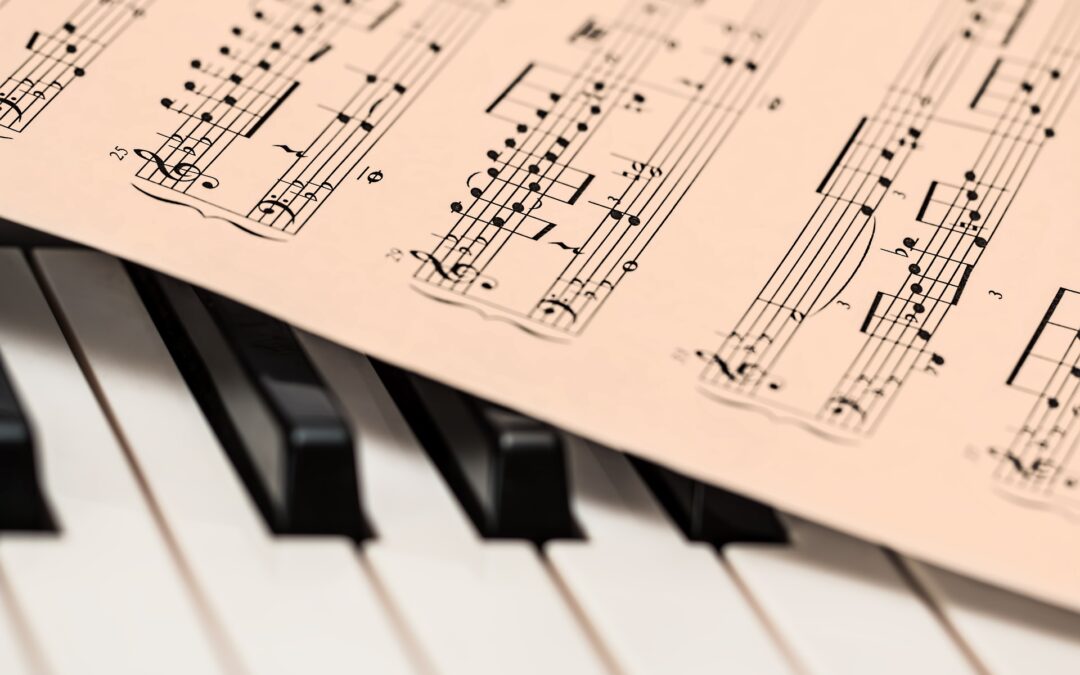Saturday 23rd March 2013 at 7.30 in St James the Greater Church, Leicester.
Rheinberger: Mass in E flat for double choir, interspersed with choice organ music; Kodaly: Missa Brevis for choir and organ; coda – Abendlied – Evening Song.
From the ridiculous to the sublime! Emergency exits and toilet runs explained. Then: a burst of rich sound as the choir in two groups of four launched into the Kyrie and the even richer sounds of the Gloria. A slightly smaller than usual but enthusiastic audience braved the cold and snow to listen to this 19th century Mass directed by Richard Laing.
It was good programming, not merely as padding or to give the choir a breather, to insert Bruckner’s Prelude in C minor between the Gloria and the Credo and Reger’s Chorale Prelude between the Sanctus and the Benedictus. This chorale, appropriately enough for the season of Holy Week, sings of the union of God and Nature being an image of the union of God and humanity brought about by Jesus’ death on a cross.
This hidden knowledge became apparent through the choir’s committed singing of the Credo with its bursts of overlapping sounds. Richard Laing helped the choir to bring out the tenderness of the Incarnatus, and emphasised the rude interpolation of the Crucifixus with its staccato setting of the words passus (suffered) et sepultus est (was buried). Further organ insertions enhanced the Mass, including a well-known Adagio by Mendelssohn and a lesser known Rheinberger Trio played sensitively by Ivan Linford on the magnificent St James’s organ.
The Mass in E flat is a beautiful late romantic work (1878) with luscious phrases of polyphony and homophony. The choir rose to the challenge of this large piece well, given that the weather prevented some key singers to be present. Nevertheless, the choir made a strong mature sound in all parts, even with two of the eight tenors missing, and seemed to me to be well-balanced. I felt the choir’s enthusiasm occasionally outran its moderation, especially in the soprano line, where, to my ears, a more covered sound was needed in the upper registers.
In the second half of the concert the Missa Brevis (subtitled in tempore bello – in time of war) made even greater demands here. The sopranos did well to reach the very high phrases Kodaly calls for, especially in the Hosanna in excelsis and the Agnus Dei at the end. The part of the Kyrie setting for upper voices reminded me of sirens (I’m a war baby, but were there sirens in Budapest in 1943?) The Gloria was sung beautifully with appropriate attention to its romanticism. There is an independent accompaniment for organ with a striking introduction (Introitus), ably played by Ivan Linford.
The concert was adorned with a well-presented and informative programme, which gave this listener at least a heightened awareness of the import and circumstances of the compositions. This was dramatic in the case of the Kodaly Mass, completed under war time conditions in a cellar of a Benedictine convent, and performed for the first time in 1943 in the basement of the opera house in Budapest, ‘accompanied by harmonium and distant gunfire.’ It was a rich and inspiring evening, well worth the effort. It is worth remembering that such artistic achievements are largely built on massive voluntary support, aided by very few professionals.
David H Clark, 24 March, 2012.

